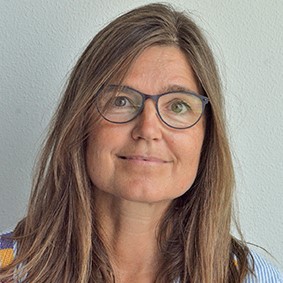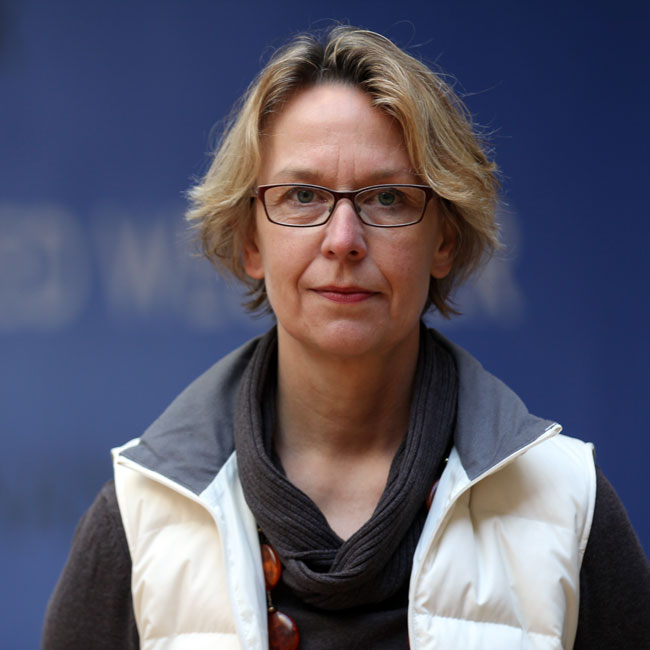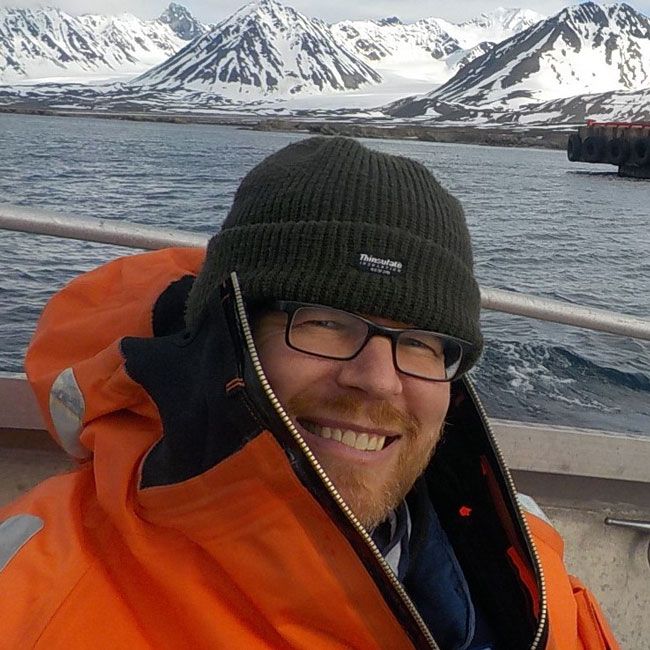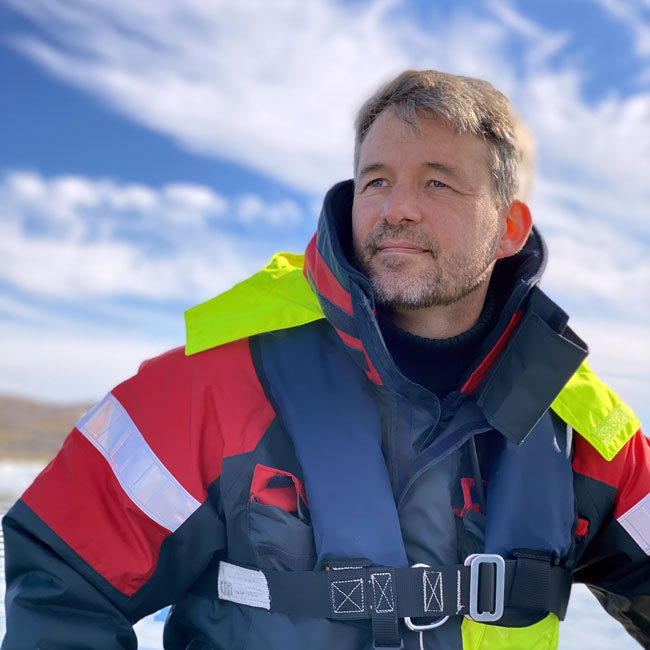Imprint of Climate Change on Pan-Arctic Marine Vegetation
[Published 23 December 2020]
Scientific Publications
Abstract
The Arctic climate is changing rapidly. The warming and resultant longer open water periods suggest potential for expansion of marine vegetation along the vast Arctic coastline. We compiled and reviewed the scattered time series on Arctic marine vegetation and explored trends for macroalgae and eelgrass (Zostera marina). We identified a total of 38 sites, distributed between Arctic coastal regions in Alaska, Canada, Greenland, Iceland, Norway/Svalbard, and Russia, having time series extending into the 21st Century. The majority of these exhibited increase in abundance, productivity or species richness, and/or expansion of geographical distribution limits, several time series showed no significant trend. Only four time series displayed a negative trend, largely due to urchin grazing or increased turbidity. Overall, the observations support with medium confidence (i.e., 5–8 in 10 chance of being correct, adopting the IPCC confidence scale) the prediction that macrophytes are expanding in the Arctic. Species distribution modeling was challenged by limited observations and lack of information on substrate, but suggested a current (2000–2017) potential pan-Arctic brown macroalgal distribution area of 655,111 km2 (140,433 km2 intertidal, 514,679 km2 subtidal), representing an increase of about 45% for subtidal- and 8% for intertidal macroalgae since 1940–1950, and associated polar migration rates averaging 18–23 km decade–1. Adjusting the potential macroalgal distribution area by the fraction of shores represented by cliffs halves the estimate (340,658 km2). Warming and reduced sea ice cover along the Arctic coastlines are expected to stimulate further expansion of marine vegetation from boreal latitudes. The changes likely affect the functioning of coastal Arctic ecosystems because of the vegetation’s roles as habitat, and for carbon and nutrient cycling and storage. We encourage a pan-Arctic science- and management agenda to incorporate marine vegetation into a coherent understanding of Arctic changes by quantifying distribution and status beyond the scattered studies now available to develop sustainable management strategies for these important ecosystems.
Corrigendum: doi.org/10.3389/fmars.2021.701634
FACE-IT Scientists:
Dorte KRAUSE-JENSEN
Aarhus University, Department of Bioscience, Denmark
Aarhus University, Arctic Research Center, Denmark
AU personal page
ORCID
Role in FACE-IT:
• Researcher "Ecosystem Function Changes"
Inka BARTSCH
Alfred Wegener Institute, Helmholtz Centre for Polar and Marine Research, Bremerhaven, Germany
AWI personal page
Inka’s FACE-IT Projects
Role in FACE-IT:
• Researcher "Biodiversity Changes"
Kai BISCHOF
Marine Botany, University of Bremen, Germany
Center for Marine Environmental Sciences MARUM, University of Bremen, Germany
UBremen personal page
Kai’s FACE-IT Projects
Role in FACE-IT:
• Scientific Coordinator
• Member of the Executive Board
• Co-Leader "Policy Dialogue and Outreach"
• Co-Leader "Project Management"
• Leader "Ethical Requirements"
• Researcher "Biodiversity Changes"
• Researcher "Ecosystem Function Changes"
Mikael K. SEJR
Arctic Research Centre, Aquatic Biology, Department of Biology, Denmark
AU personal page
Role in FACE-IT:
• Researcher "Biodiversity Changes"




